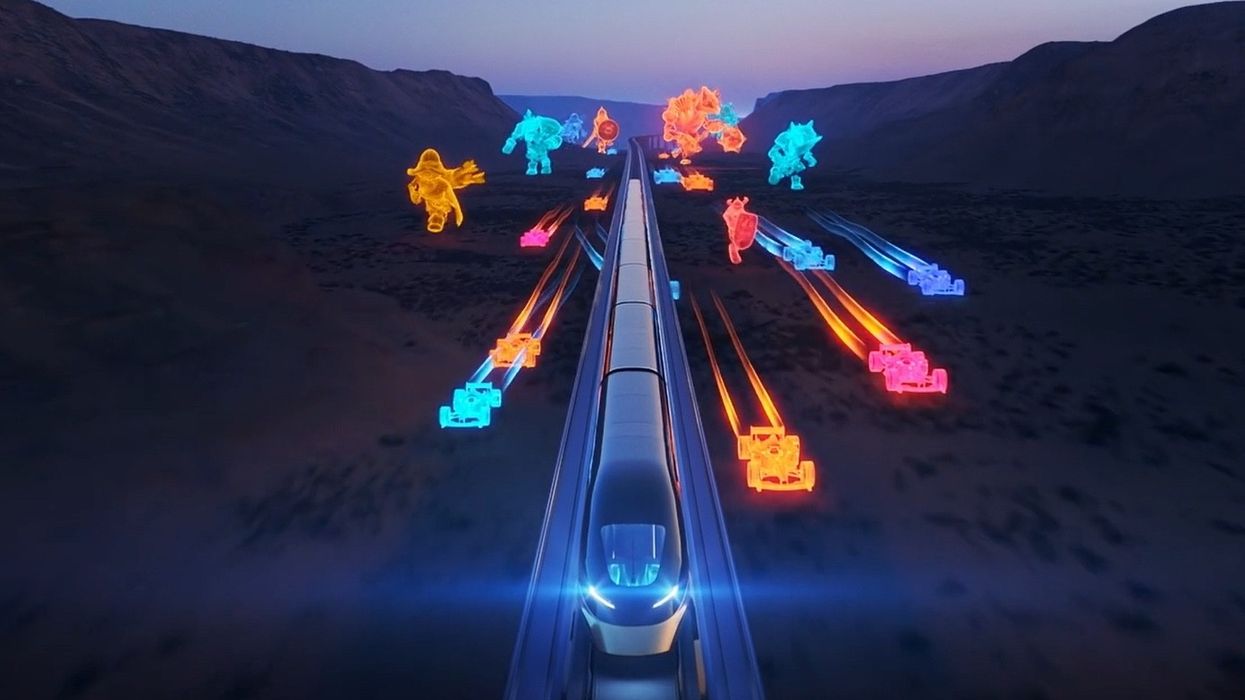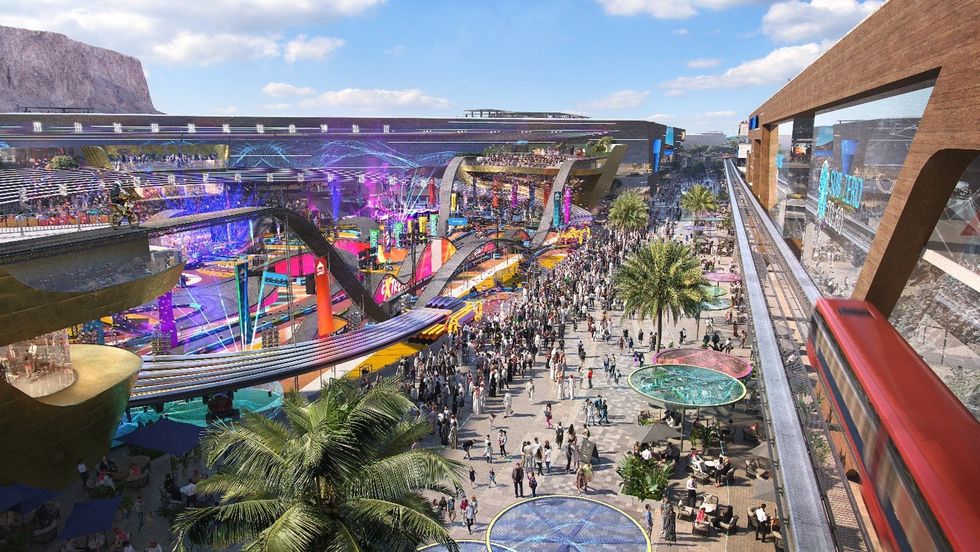On 14 April, singer Katy Perry, journalist Gayle King and four other women became the first all-female space crew in over 60 years during their trip on Blue Origin’s New Shepard spacecraft.
The crew also included Amanda Nguyen, a civil rights activist and bioastronautics research scientist; Aisha Bowe, a former NASA rocket scientist; filmmaker Kerianne Flynn; and journalist Lauren Sánchez, who is also engaged to Blue Origin founder Jeff Bezos.
The spacecraft made its debut flight in July 2021 with a crew including Bezos himself. The first ticket for the short space flight, which takes passengers up to the edge of space to experience weightlessness and a view of the Earth from over 60 miles up, sold for $28 million.
An experience for the rich, or the next big trend?
So far, guests have included celebrities, entrepreneurs, and scientists. In 2021, Star Trek actor William Shatner and NFL great Michael Strahan took separate flights on the New Shepard.
This high-profile flight accelerates the adoption of space tourism, which has been identified as an emerging trend in recent years. Previously controlled by government agencies such as NASA, spaceflight is shifting towards commercialisation. Billionaire-backed companies like Bezos’ Blue Origin, Elon Musk ’s SpaceX, and Richard Branson ’s Virgin Galactic are working on developing their own spacecraft.
However, those who dream of being launched into orbit aboard a Blue Origin spacecraft will need substantial financial resources. While Blue Origin doesn’t share prices on its website, customers must agree to a $150,000 deposit just to reserve a seat. Other firms offer cheaper suborbital trips, which involve taking a spacecraft to the border of space without sending it into orbit.
The value of commercial spaceflight, orspace tourism, is expected to grow to more than $1 trillion by 2040.
See also: Blast off: the latest space tourism and extraterrestrial experiences
Charlotte Coates is blooloop's editor. She is from Brighton, UK and previously worked as a librarian. She has a strong interest in arts, culture and information and graduated from the University of Sussex with a degree in English Literature. Charlotte can usually be found either with her head in a book or planning her next travel adventure.
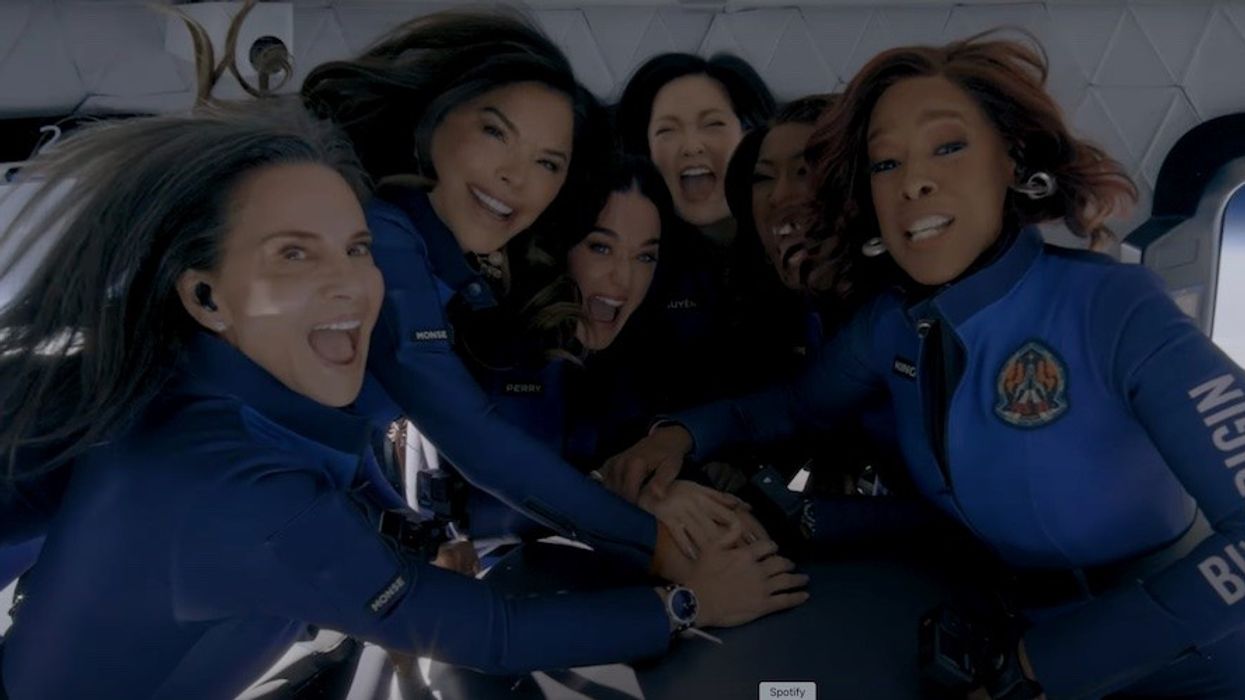




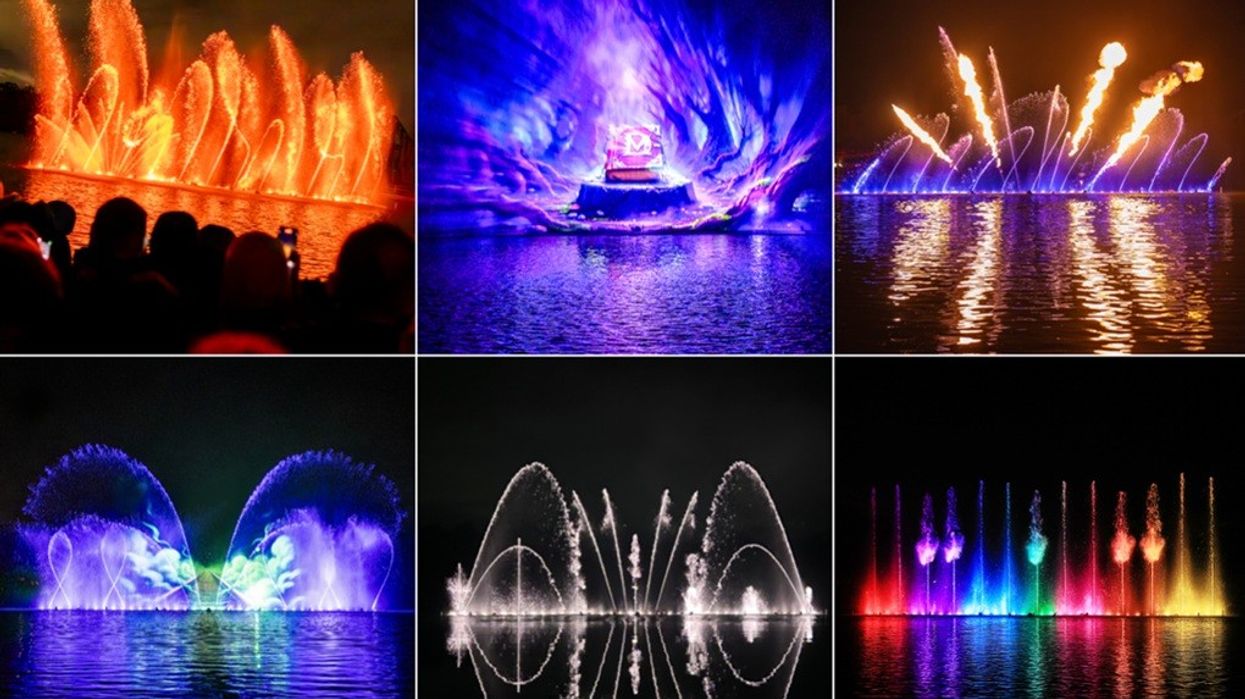
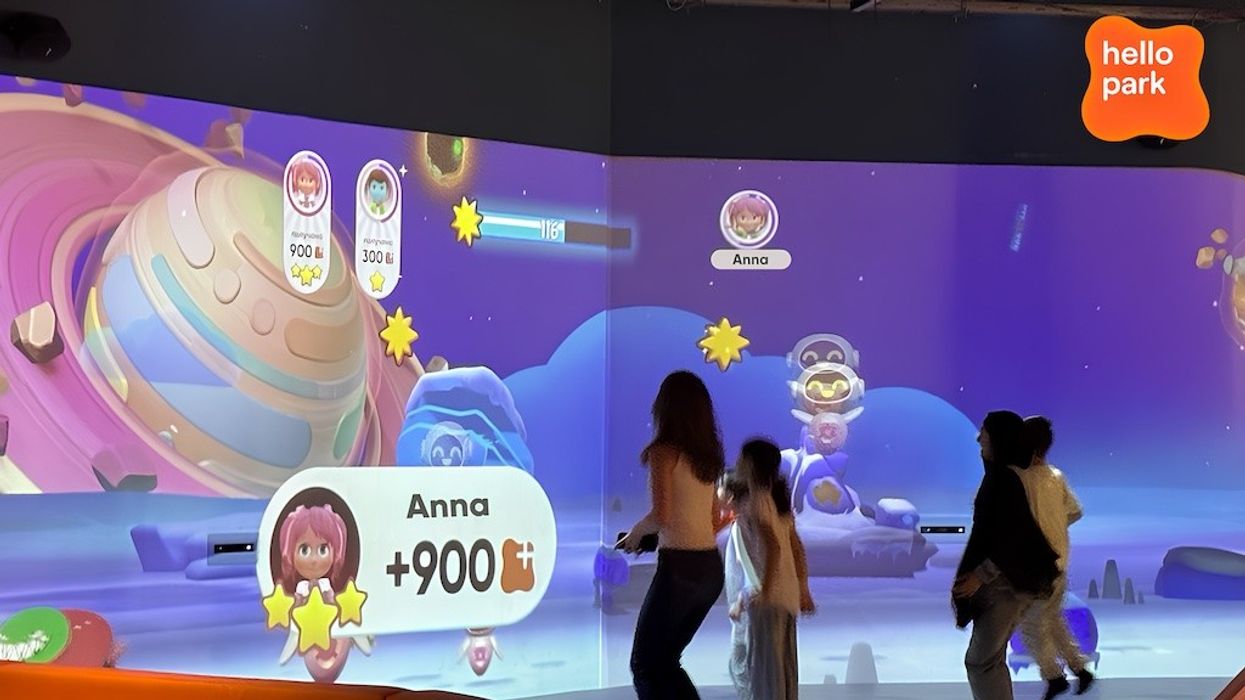







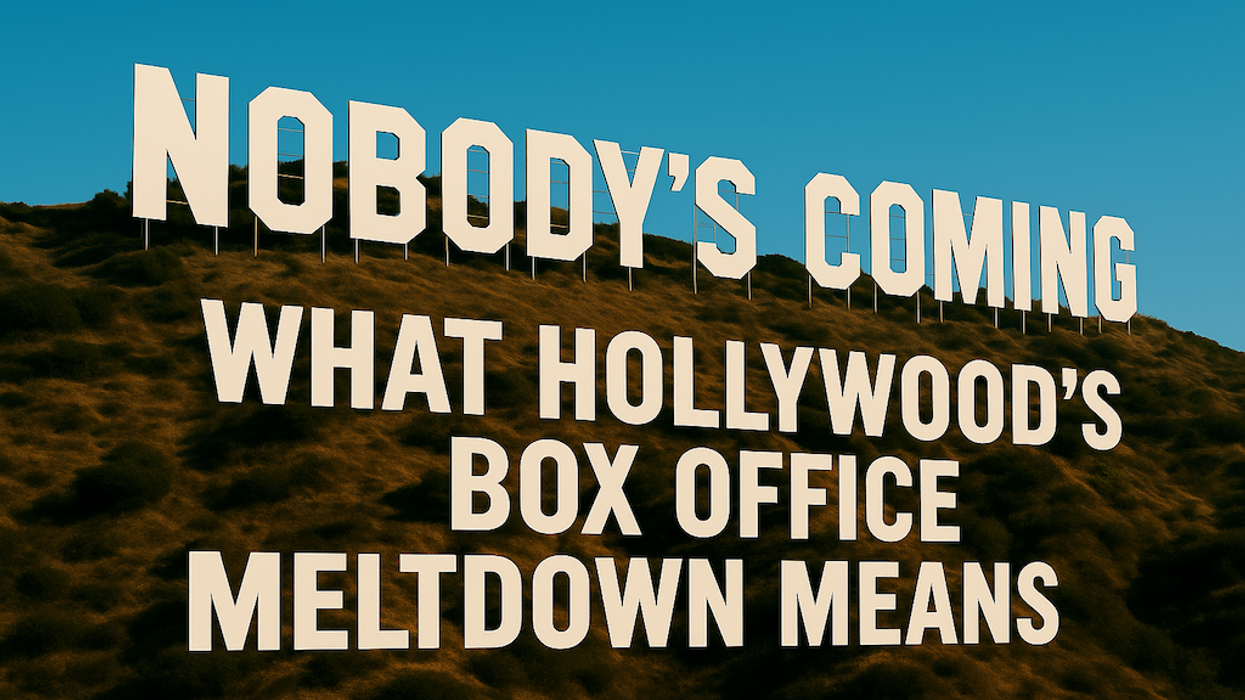
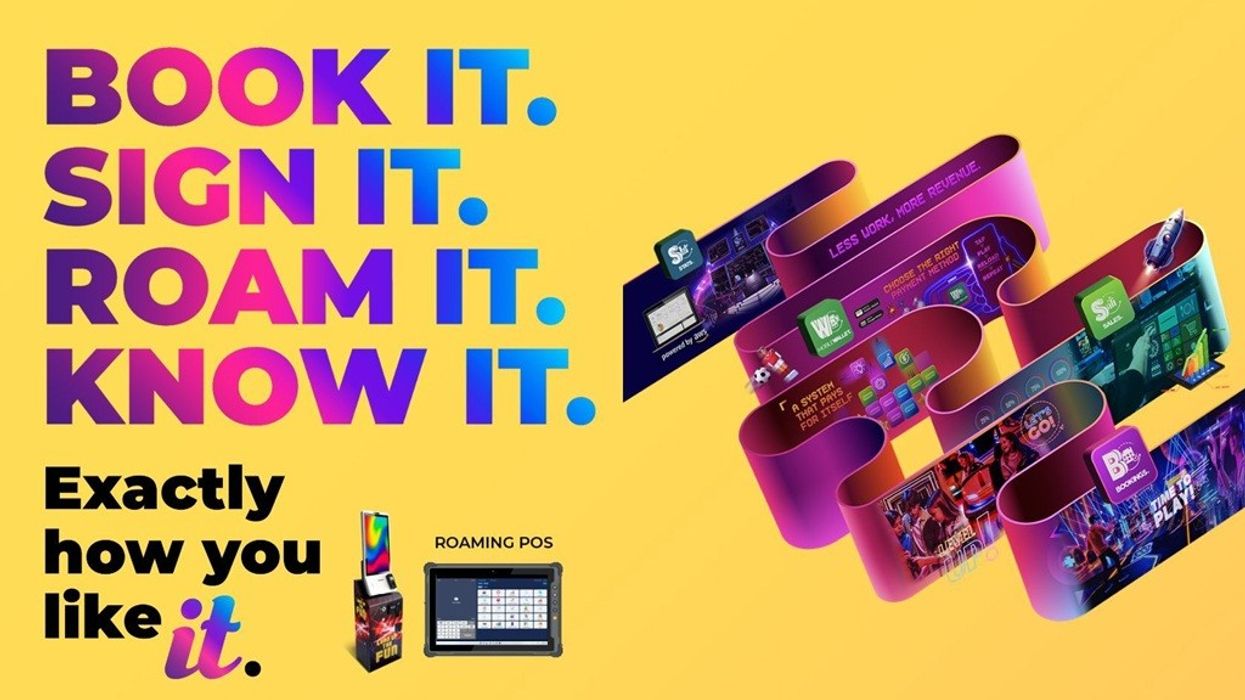

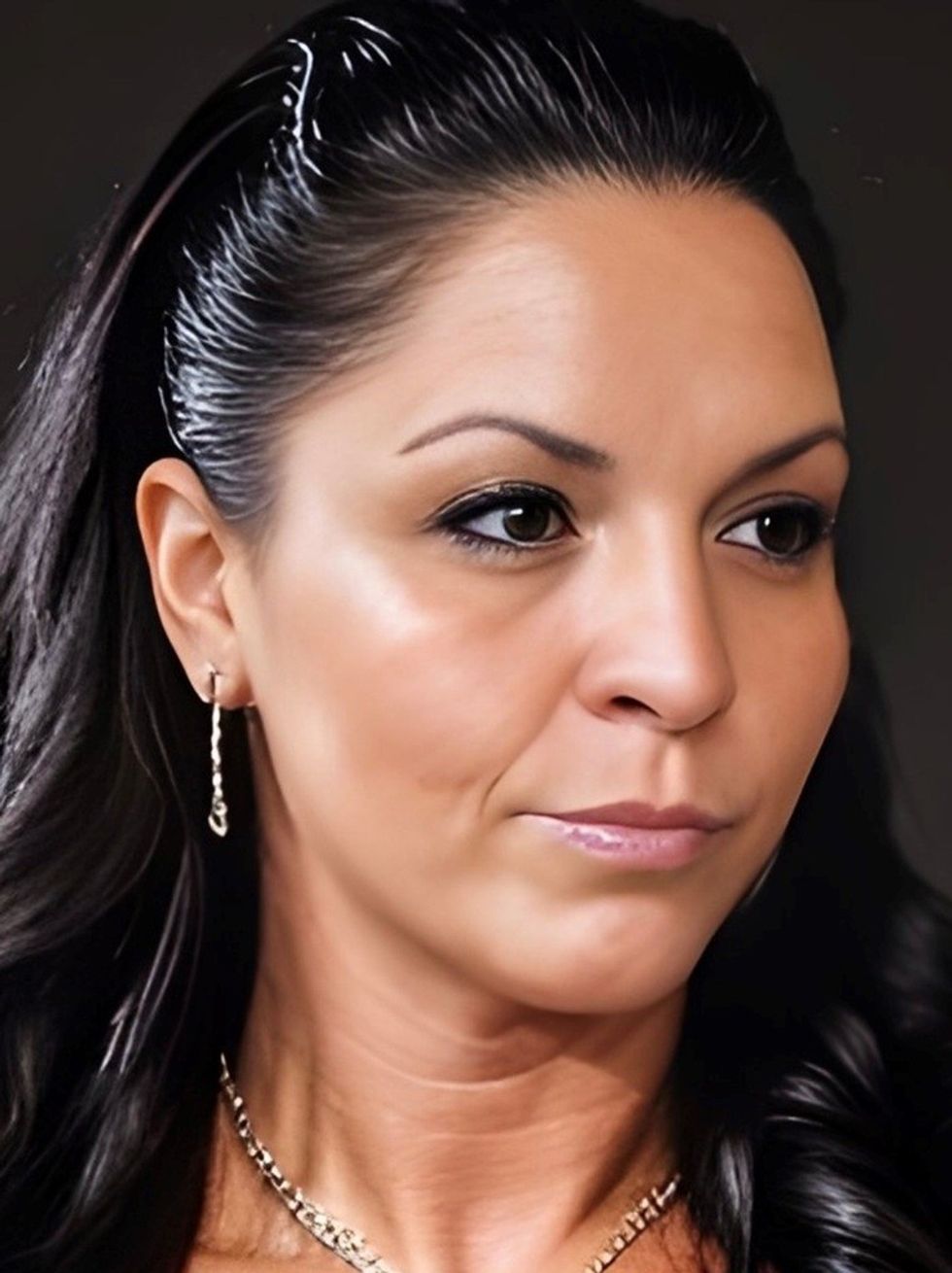 Jade Craig
Jade Craig